May and June are great months to take a drive up Sheriffmuir as you are straight into moorland/upland habitat where you see a different range of wildlife to the lowlands. As a bonus the car acts as a great portable wildlife hide. In spring and summer, lots of birds come here to breed. Local migrants (Stonechat, Meadow Pipits and Skylarks), move attitudinally (from lower down farmland or the coast). But you also have a nice range of long distant migrants too (Whinchat, Wheatear and Cuckoo) which have travelled from Africa or Southern Europe.
At this time of year many birds are taking prominent perches on fence posts and tree branches and if you drive the car slowly with the windows open you will see many close up as well as hear them. Try to keep your arms and camera lenses inside the car at all times, pointing at a bird outside of the window is a sure way to flush them.
If you want to increase your chance of seeing Long or Short-Eared Owls go at dawn or dusk.
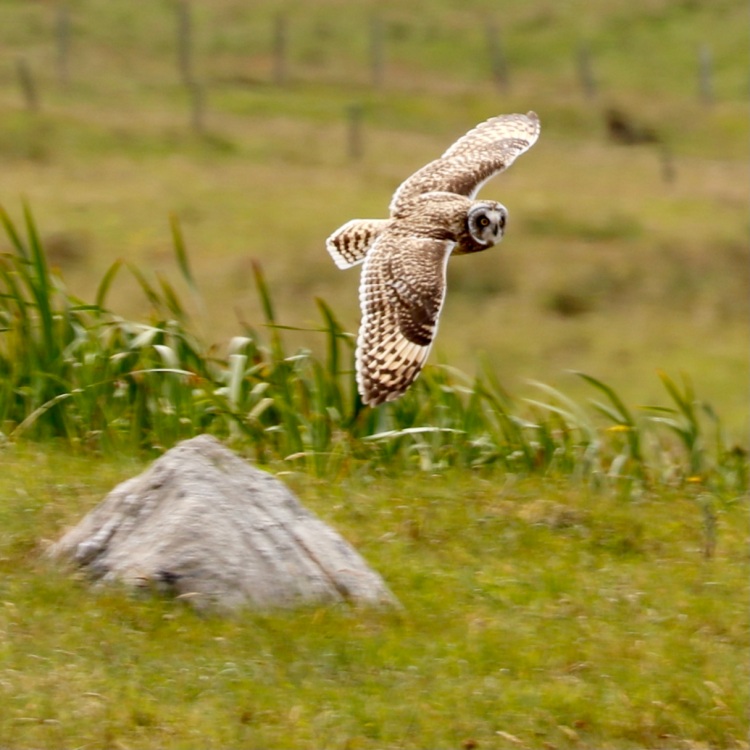
Blackhill Woods
Parking at the lower Dumyat Carpark by Whitehill and Blackhill Woods (grid reference NS 809976) provides an opportunity for an early walk. In these woods you can easy see all the normal woodland species (Great, Blue and Coal Tits, Chaffinch, Chiffchaff and Willow Warbler, Jays etc) but this year I have been pleased to find at least 3 singing Wood Warblers. These are delightful birds with a much more lemony yellow colour than other warblers and a strong black eyestripe with parallel yellow stripe above the eye. However it is their spinning coin song that really sets this bird apart.
Cocksburn Reservoir
If you continue your walk you come out of the woods and can take a walk around the Cockburn Reservoir. This is a great place to see all three species of Hirundines (Swallow, House Martin and Sand Martin) as well as Swifts. On occasion in the evening I have seen several hundred birds flying over the insect rich water and it is great to improve your identification skills of these birds when all four species are present together. Ospreys frequently fish here too during the summer so keep an eye out for them.
In the shrubs around the loch it is a good place to look and listen for Sedge Warbler along with Reed Bunting.
Sedge Warblers have a loud incessant song but you might have to be patient to see them as they tend to stick to cover. However early in the season they often launch into quite a dramatic song flight circling at first 2-5m from the ground and then parachuting down to a perch singing throughout.

The Reed Buntings often take prominent perches and with their slightly annoying repetitive call which is hard to miss. The males have a strong black cap and white collar, females are plainer but often the pairs are together.

Top of Track to Lossburn Reservoir
Continuing your drive up the Sheriffmuir Road a good place to stop is where the track from Menstrie via the Lossburn Reservoir reaches the road (NS81994).
The map shows a thin conifer plantation here but it was felled a few years ago. However several tall trunks remain looking a bit like leftovers from a bombing raid. These make great perches for the Male Cuckoo that has made this his territory. Listen for the well known male calling his name and use that to guide you to where the bird is.

Anywhere along this road you are likely to see a Meadow Pipit taking a perch on a fence post or wire or potentially in song flight

Around isolated trees further down Menstrie Glen you may find the rarer Tree Pipit. The Meadow Pipit is the default pipit until proven otherwise. To find a Tree Pipit watch for a display flight starting and ending in a tree and if views allow look for thin pencil (not bolder felt tip) markings on the bird’s flanks and a thicker bill.

But I find their songs also help distinguish – compare the more mundane Meadow Pipit song to the tree’mendous Tree Pipit song.
Lade Walk
Continuing up the road and crossing the small river over a humpback bridge park shortly after where the road bends left (NN 828016). The stream is likely to have several Sand Martins and Swallows flying around. It is also a good place to watch for Dippers and Grey Wagtails in the stream. A great place to have a packed lunch if you have brought one too.
Walk north up the road for a short way and you will see a recently lade path (called Lade Walk) by a newly planted tree plantation. You can walk to the end and then return via the road making a short circuit of 1-2 miles.
The new plantation is an excellent place to look for Whinchat as they love an abundance of small perches and the young trees provides this. Rule out the more commoner Stonechat by remembering that the Whinchat have a bold stripe above the eye whereas the Stonechat has a bold white collar.

The plantation is also a good place to look for Northern Wheatear which frequently perch in the top of the small trees and on prominent boulders. The male has a bold black mask around the eye (like a bank robber) but both sexes are sleek and elegant birds.
This is also a good place to look for Buzzards (pictured below) often flying or perched on the telegraph poles as well as Red Kites and Kestrels. Cuckoos can be seen and heard here too.
Pheasants and Red Partridges can be seen almost anywhere on Sheriffmur. Both are beautiful birds albeit not native to Scotland and frequently the bird have been released for shooting or descended from those that survived game estates.

Small Plantation near old Inn
Continue past the old Sheriffmuir Inn (now a private house) and this stretch of road is excellent for seeing and hearing Curlew, Skylarks, Stonechats and Wheatears. Park before the road bends left at a small tree plantation (NN 832026).
The fence lines here should be scanned for Stonechat before you leave the car. There is regularly a pair established here singing to defend their territory. Listen for their alarm call which sounds like tapping two strong together.
Once out of the car listen, what can you hear? You may hear a Cuckoo from the small stand of trees. Approach slowly and quietly and you should be able to get good views.
You might also hear the constant outpouring of a Skylark high in the sky above its nesting territory. They have been known to sing for 30 minutes without stopping!

Another bird to look and listen to is the Curlew which has probably spent the winter on the coast but has come here to breed. You may see them flying but try not to follow them to the nest as that is very stressful for the bird. You are far more likely to only hear them although that is really the wrong phrase to use. The Curlew has a wonderful and varied song truly evocative of this habitat in summer and a great way to end a visit to Sheriffmuir.



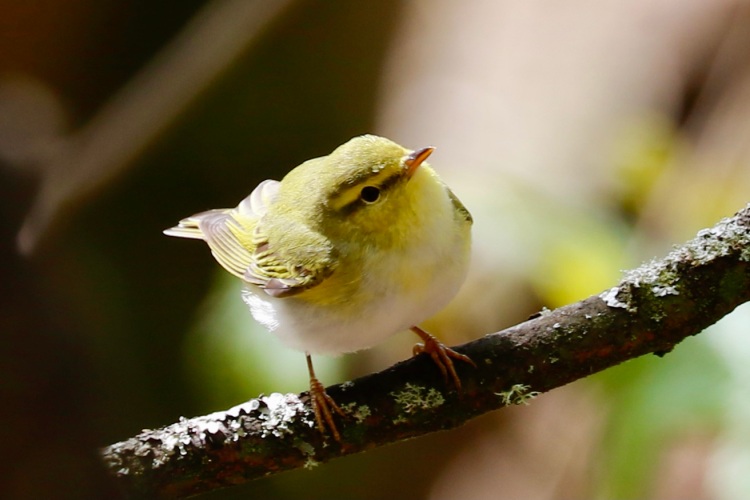


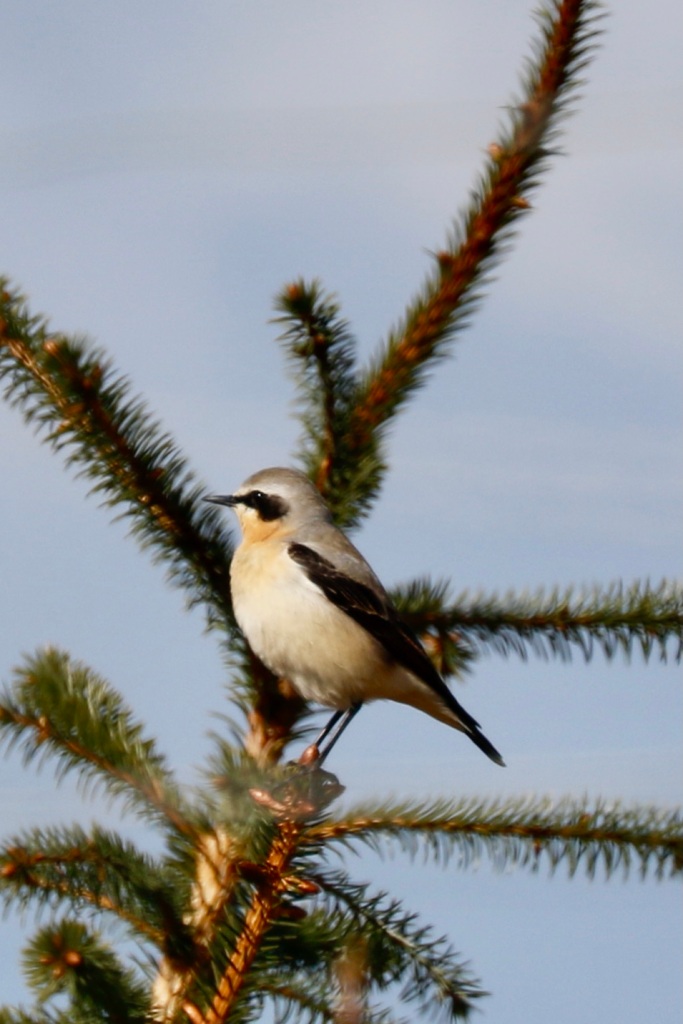


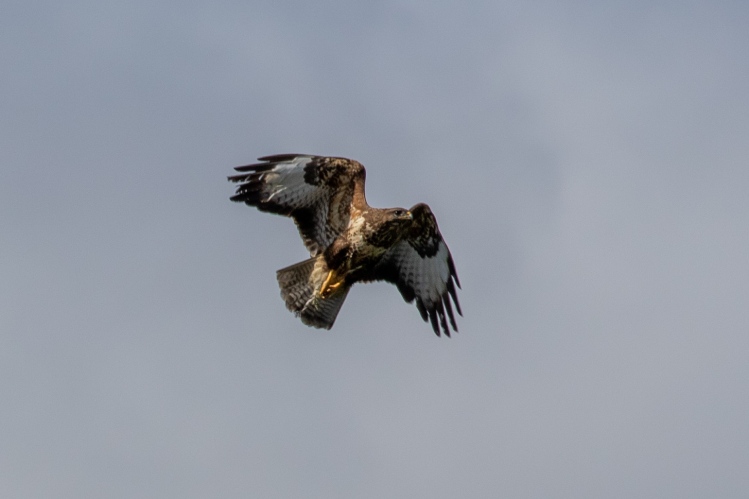

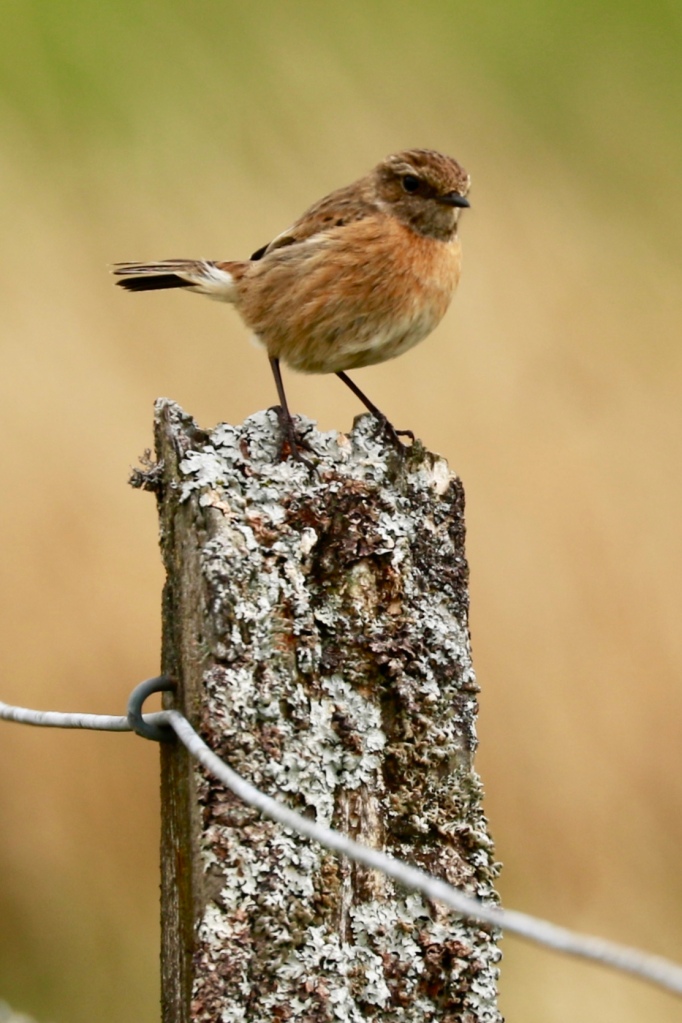
Love the curlew photo. I also saw a single bird by Cocksburn Reservoir in June. This morning, 19.7.21, by the hayfields between Menstrie and Tullibody, I enjoyed a fly past of eight calling curlews.
Perhaps a breeding pair and their very own young.
LikeLiked by 1 person
Great thanks for the curlew sighting. I recon the bird that breed on sheriffmuir could winter on the forth. So possibly moving down river now
LikeLike
Great pictures! Thanks for all the sound clips too. I’ve seen the red legged partridge on Islay lovely little birds that remind me of bumblebees, how on earth can they fly? 🙂 Great Stuff!
LikeLiked by 1 person
Great write up of some lovely areas to spot a rich variety of birds. Thanks for doing this and passing on your knowledge.
LikeLiked by 1 person